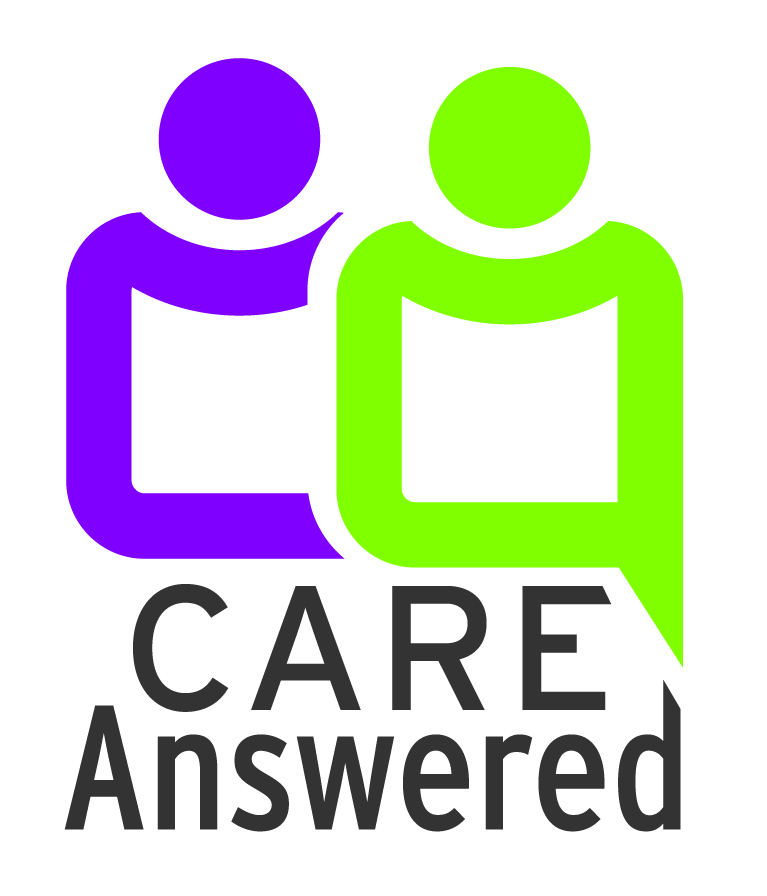If you are one of the six in 10 Americans who looks for health information online, beware. The internet and social media can be rife with misinformation and outright falsehoods. When it comes to your health, what you don’t know can in fact hurt you.
Before the internet became such a big part of our daily lives, most of us learned about health news after it was reported by mainstream media outlets. While reporters are only human and can, at times, make mistakes, their reporting on health information is subjected to editorial review to check for accuracy. Often this means that health related stories undergo some degree of independent verification. Even with this process, it is important to evaluate news stories around healthcare critically, and to verify the information from more than one source.
The internet, on the other hand, has no such editorial oversight. That means that it is even more essential that each of us learns how to tell the difference between objective facts and subjective opinions. Being able to separate the good information from the bad is not always as straightforward as it should be.
Consider the reasons why inaccurate health information may be spread online. Search engines and social media sites may direct us to information that is wrong for the following reasons:
- It may be an honest mistake
- The information may be exaggerated in order for the publisher to sell a product or device
- The information may be the result of an unfounded rumor
- The headline may have been written in a misleading way to encourage readers to click on a link (“clickbait”)
With the high volume of unsubstantiated, wrong, or misleading health information floating around online, how can the average American identify trustworthy stories? Here are a few tips:
- Consider the original source. Information is generally trustworthy if it originally came from:
- A government agency (look for websites that end with .gov);
- A major hospital or health network (your local hospital or a well-known facility like the Mayo Clinic);
- A well-respected research institution or non-profit organization like the American Cancer Society (look for websites that end with .edu or .org).
- Verify that the information was peer-reviewed. This means it was verified by an unbiased medical expert who is not affiliated with the original source of the research.
- Make sure that the original source of the information is identified by name.
- Check the original date of the finding. Sometimes research results are debunked by later studies. You want to find the most current information.
Now that you know what to look for, here are some red flags that might signal that the story is untrue:
- There is no identifiable source for the information.
- The information is directly linked to a sales pitch.
- The article uses sensational words like “secret” or “miraculous.”
- The story is written with poor grammar or spelling mistakes.
Doing you own research is an important way to stay on top of best practices to protect your health. What you learn can help you to be a well-informed healthcare consumer, patient or caregiver. However, it is always best to check with your physician or other healthcare provider to verify any information that you rely upon to make decisions about the daily habits that affect your health.

